

The Perfect
Guide to Enterprise Resilience Framework
Table of Contents
- The Perfect Guide to Enterprise Resilience Framework
- Why Resilience Is Important for Enterprises
- The Challenge of Measuring and Managing Resilience in Enterprises
- Building Resilient Enterprises
- The Benefits of Resilience for Enterprises
- How to Become a More Resilient Enterprise
- JavaScript Frameworks’ Assistance in Achieving Resilience
- How to Select the Best Enterprise JavaScript Framework for Your Business to Become More Resilient
- Why Enterprises Adopt Ext JS to Become More Resilient
- Conclusion
- Sencha’s Treasure Trove Component Library


The Perfect Guide to Enterprise Resilience Framework
Let’s dive deeper
- Why Resilience Is Important for Enterprises
- The Challenge of Measuring and Managing Resilience in Enterprises
- Building Resilient Enterprises
- The Benefits of Resilience for Enterprises
- How to Become a More Resilient EnterpriseHow to Become a More Resilient Enterprise
- JavaScript Frameworks’ Assistance in Achieving Resilience
- How to Select the Best Enterprise JavaScript Framework for Your Business to Become More Resilient
- Why Top Enterprises Adopt Ext JS to Become More Resilient
- Conclusion
Why Resilience Is Important for Enterprises

The Challenge of Measuring and
Managing Resilience in Enterprises

- Companies and stockholders are frequently focused on boosting short-term returns. In contrast, resilience necessitates a multiple-timescale perspective: forgoing a particular level of efficiency or performance today in order to achieve more sustained performance in the future.
- Companies have mostly concentrated on developing and implementing stable strategies, which operate successfully when causal links are explicit, predictable, and consistent. Resilience deals with the unknown, variable, unpredictable, and unlikely—and the implications are severe.
- Each firm is viewed as an economic island under the present paradigm of corporate capitalism, to be maximized independently. While this streamlines administration and responsibility, it conceals the extent to which diverse stakeholders are economically and socially interdependent. In contrast, resilience is a system property: if a company’s supply chain, customer base, or social structures it relies on are disrupted, its resilience is meaningless.

Building Resilient Enterprises
The Benefits of Resilience for Enterprises
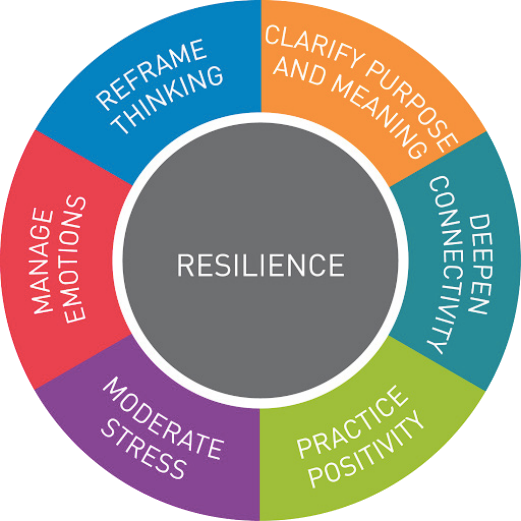
How to Become a More Resilient Enterprise

Seek opportunities in adversity.
Don’t just try to reduce risk or damage or to restore what was; instead, strive to gain an edge amid adversity by skillfully adjusting to new circumstances.
Look ahead.
A crisis may appear tactical and operational in the short run, but over time, new needs and competitor incapacity create opportunities. A crisis can also serve as the most effective pretext for hastening long-term transformational change. One of the most important roles for leaders is to expand an organization’s time horizons.
Consider a collaborative, systems-level perspective.
A business can be thought of as maximizing performance with a given business model in a given context during stable times. Resilience, on the other hand, is concerned with how the relationships between a company’s components or between a company and its surroundings change under stress. It necessitates systems thinking and systemic solutions, which are dependent on employee, customer, and other stakeholder collaboration.
Measure beyond performance.
The health of a corporation is not reflected just by measurements of value extracted, which are often backward-looking. Measuring flexibility, adaptation, and other components of resilience is crucial to developing a sustainable firm. This is easily accomplished by focusing on either benefits or capabilities.
Respect diversity.
Resilience is dependent on the ability to generate alternative responses to situations, which requires the ability to see things from new perspectives. Resilient organizations encourage cognitive variety and recognize the importance of variance and divergence.
Set this as the default.
Change, not stability, is the default for Alibaba founder Jack Ma. Resilience is more about creating organizations and supporting systems that are built on constant change and experimentation than it is about making occasional adjustments in extreme circumstances. This is done in part to avoid rigidity, but also because the iterative incremental adjustment is far less risky than a massive one-time adjustment.JavaScript Frameworks’ Assistance
in Achieving Resilience
Best JavaScript Frameworks facilitate:
- User interface manipulation based on data
- Writing simple, readable, and maintainable code
- Use of domain-specific languages such as TypeScript, JSX, etc.
- Solving common problems
- Reusing components
- Idea and pattern communication
- Standardization of user interface components such as buttons, colors, and typography
- Writing tests and debugging code to improve the developer experience
- Automation of installation and library setup, packages, tools, and so forth
How to Select the Best Enterprise JavaScript Framework for Your Business to Become More Resilient
1. Amount of time required to code
2. Server-Side Rendering (SSR)
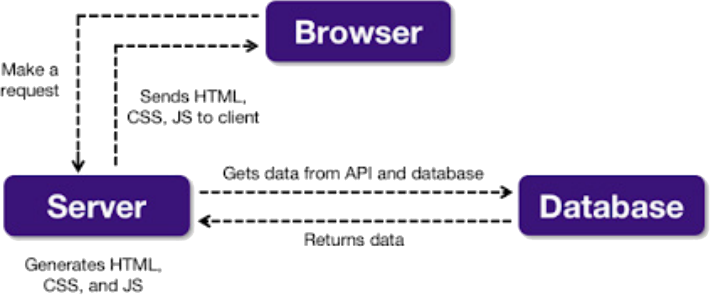
3. Support for Responsiveness
According to Statista’s most recent internet traffic analysis, mobile devices accounted for around 58.99% of worldwide website traffic in the second quarter of 2022.
In light of this, many online businesses are developing progressive web applications (PWAs), which provide a rich, native mobile app-like experience in the browser.
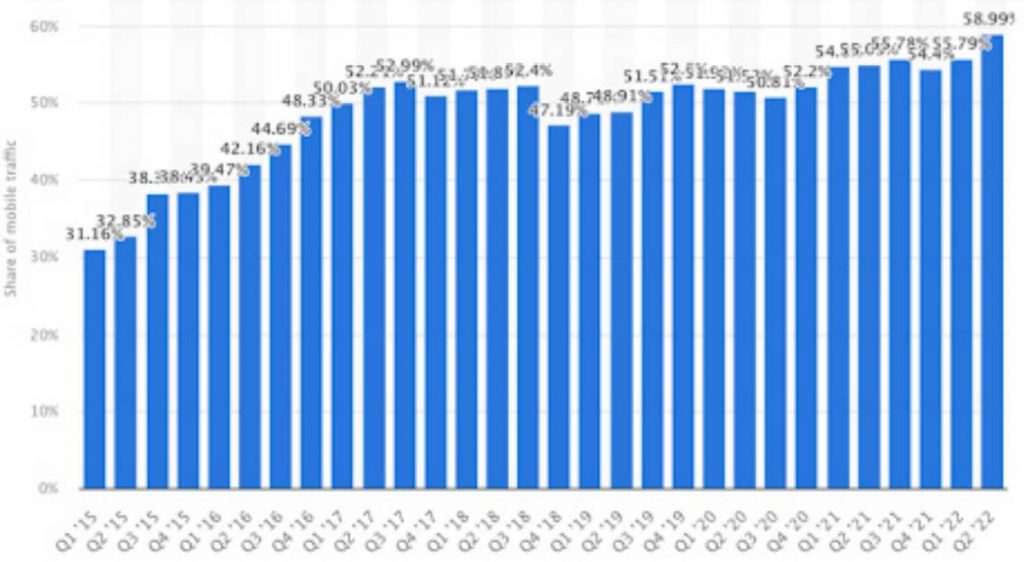
4. Feature-Rich
5. Usability
In short, the more you try it, the more familiar you will get with it and the more confident you will be in that JavaScript framework. However, while working on any development project using a certain framework, it is vital to assess the ease with which scheduled milestones may be met. You will also require certain additional libraries. Further, you can utilize the CLI for greater direction, which can help you accelerate development.
6. Maintenance of code
7. Support for the future
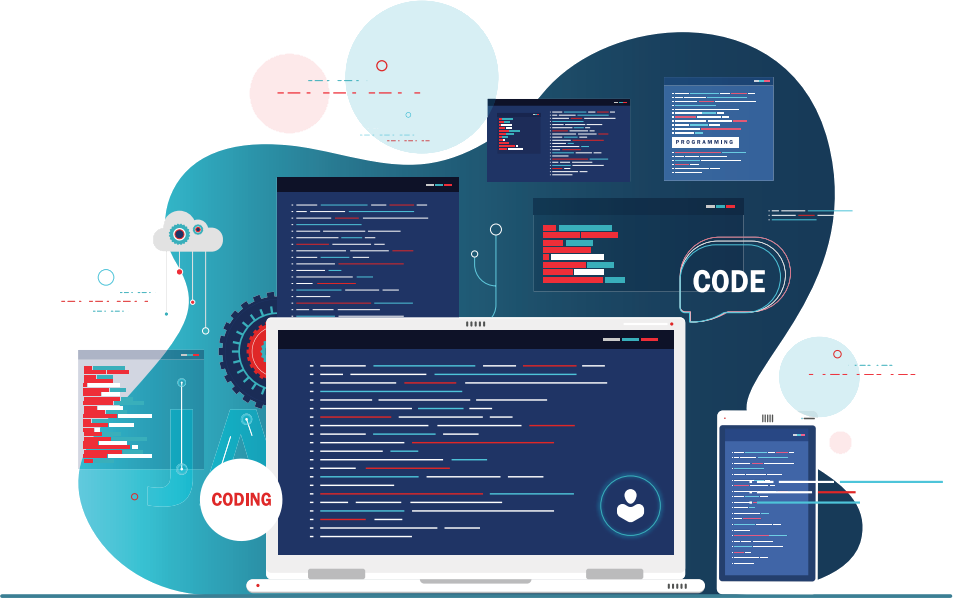
Why Enterprises Adopt Ext JS to Become More Resilient
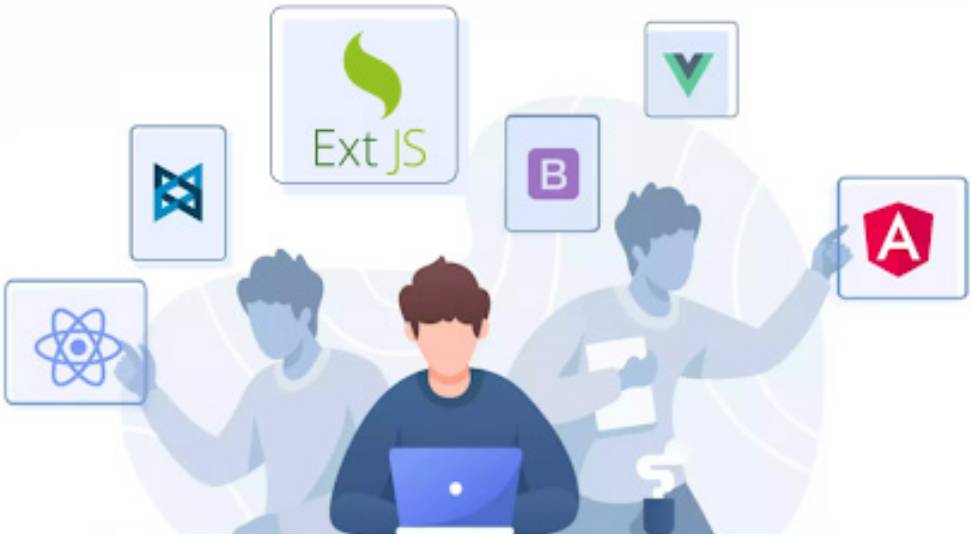
Reason #1: Components, components, components!
When compared to other JavaScript frameworks on the market, Ext JS has the largest component library.
Because Ext JS has components that are suited for both desktop and mobile platforms, developers can create
applications for desktop, tablet, or smartphone devices using a single codebase. To tailor the application to
the company’s brand image, both desktop and mobile apps can be themed. Mobile apps can also be styled to
have an iOS, Android, or BlackBerry look and feel. Because Ext JS components are part of a single library, each
component is designed to operate with the others.
Reason #2: Clearly defined legacy browser compatibility by default
Reason #3: Excellent design tools
Reason #4: Integrated tools created with a clear vision and purpose

Conclusion
Sencha’s Treasure Trove Component Library
- High-Performing
- Interoperable
- Professionally Built
- Single Source
Data Analytics and Management

Data Grid

Pivot Grid

Trees

Exporter
Scheduling

Calendar

Date & Time Panel
Media

Audio

Video

FX/ Animations
Editing and Display Views

WYSIWYG Froala Editor

Forms

Lists

Tabs & Menus

Data View
Data Backend and Styling

Data Components

Navigation

Layouts & Themes
UX Components

Buttons

Carousel

Color Picker

Icons

Panels

Pop-ups

Progress Bars

Tooltips

Toolbars

Touch Events

Virtual Scroller
Data Visualization

Line Charts

Area Charts

Bar Charts

3D Bar Charts

Box Plots

Column Charts

3D Column Charts

Bubble Charts

Scatter Charts

Financial Charts

Gauge Charts

Pie Charts

3D Pie Charts

Radar Charts

Combination Charts

Navigator Line Chart

Plot Charts

Stacked Charts

D3 Hierarchy maps

D3 Heatmap

D3 Pivot heatmap

D3 Sunbursts

D3 Zoomable Sunbursts

D3 Words

D3 Tree Map

Custom SVG

Custom Canvas
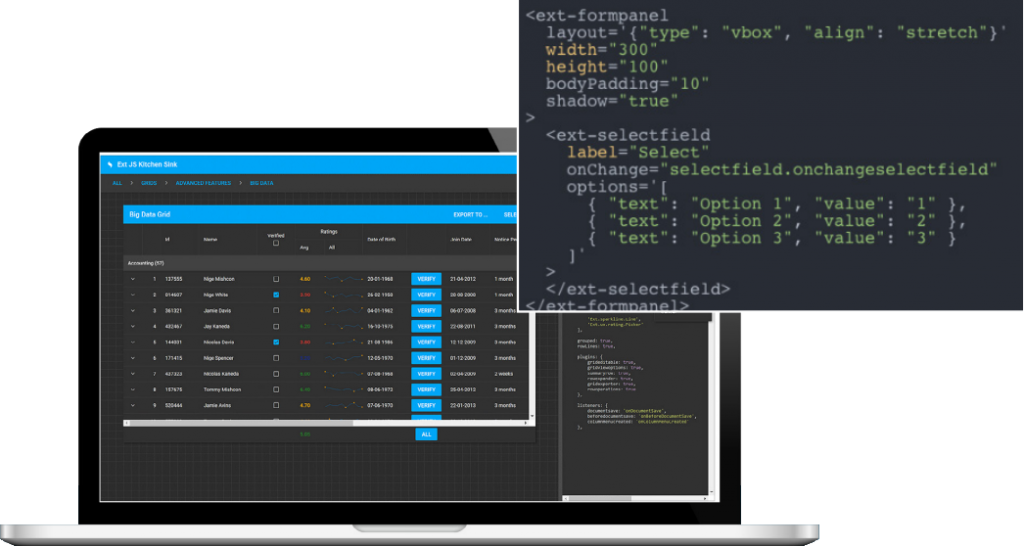

Ext JS
Robust, Flexible and Secure Framework
140+ High-Performing UI Components
Design & Testing Tools
Save time and money.
MORE HELPFUL LINKS:

